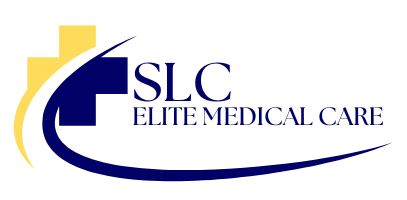
Makati
Philippines
Phone Number
0962 950 7814
(02) 8637-2360
Send Your Mail
slcelitemedicalcare@gmail.com

Philippines
0962 950 7814
(02) 8637-2360
slcelitemedicalcare@gmail.com
Photodynamic Therapy instrument is a method of treating diseases based on the interaction of light, photosensitizer and oxygen. This method has been widely used in the field of dermatology in recent years, becoming a new noninvasive method for the treatment of various benign malignancies, infectious diseases, acne and other diseases.
It is a minimally invasive cancer treatment that uses light-activated drugs to selectively destroy malignant cells in early-stage or superficial tumors of the skin, esophagus, lungs, and other accessible areas while preserving healthy tissue.
How It Works
Photodynamic Therapy (PDT) involves three key components: a photosensitizing agent, light of a specific wavelength, and oxygen. The process begins with the administration of the photosensitizer, which accumulates selectively in abnormal tissues, such as cancer cells. When the targeted area is exposed to light of the appropriate wavelength, the photosensitizer becomes activated. This interaction generates reactive oxygen species (ROS), such as singlet oxygen, which induce cell death by damaging cellular structures and disrupting vital functions in the targeted cells.
Conditions Treated:
PDT has a wide range of applications in medical practice, including:
Advantages of Photodynamic Therapy
Key Benefits of Photodynamic Therapy